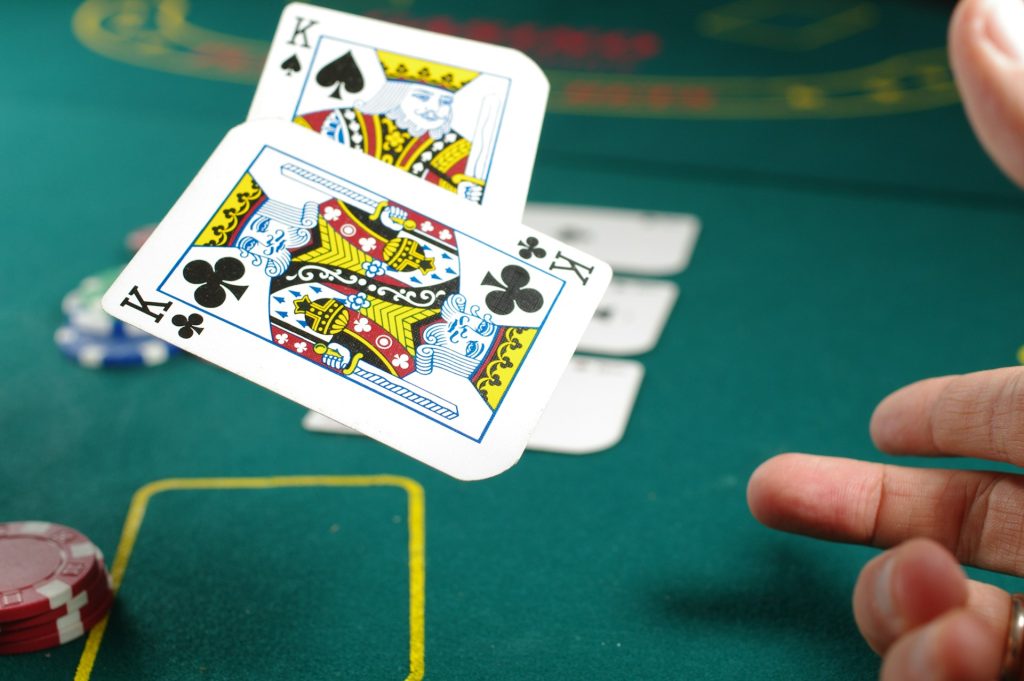Have you ever wondered how many clubs are there in a standard deck of playing cards? Whether you’re a seasoned card player or just someone curious about the intricacies of a deck, understanding the composition of a deck can be fascinating. In this article, we’ll delve into the specifics of clubs, one of the four suits in a standard deck of cards, and answer the burning question: How many clubs are in a deck of cards?
Understanding the Composition of a Deck
Each suit in a standard deck of playing cards represents different elements or symbols. Hearts symbolize love and emotion, diamonds represent wealth and prosperity, clubs depict agriculture and growth, and spades signify warfare and conflict. These suits have evolved over centuries and are deeply ingrained in the cultural and historical significance of playing cards.
The division of the deck into four suits with thirteen cards each is believed to have originated from the four seasons and thirteen lunar cycles in a year. This alignment with natural cycles adds an intriguing layer of symbolism to the structure of the deck.
Understanding this composition not only provides insight into the design of playing cards but also enhances the enjoyment of card games. Whether you’re playing poker, bridge, or solitaire, knowing the composition of the deck adds depth to the gameplay and appreciation for the rich traditions behind it. So, the next time you shuffle a deck of cards, take a moment to appreciate the balance and symbolism encoded within its structure.
What Are Clubs?
Clubs are one of the four suits in a standard deck of playing cards. They are often depicted as a black symbol resembling a three-leaf clover. The design of clubs can vary depending on the style of the deck, but they typically feature a shape resembling a trefoil with a stem.
The Number of Clubs
The number thirteen holds significance in the realm of clubs, as it represents the total count of these symbols in a standard deck of cards. This consistency is a fundamental aspect of card games, ensuring balance and fairness in gameplay. Whether you’re engaging in a casual round of poker with friends or participating in a high-stakes tournament, knowing that there are precisely thirteen clubs in the deck adds a layer of predictability and strategy to your gameplay.
Furthermore, the uniformity of thirteen clubs across decks allows for easy recognition and familiarity among players worldwide. Regardless of the design or brand of the deck, players can rely on the consistent presence of clubs to navigate their strategies effectively.
So, the next time you shuffle a deck of cards and deal out a hand, take a moment to appreciate the symmetry and order inherent in the number thirteen—a number that binds together the diverse world of card games through the ubiquitous symbol of clubs.
The Hierarchy of Clubs
Within the suit of clubs, there is a hierarchy of cards, each with its own rank and value. The cards in descending order within the club suit are as follows:
- Ace of Clubs
- King of Clubs
- Queen of Clubs
- Jack of Clubs
- Ten of Clubs
- Nine of Clubs
- Eight of Clubs
- Seven of Clubs
- Six of Clubs
- Five of Clubs
- Four of Clubs
- Three of Clubs
- Two of Clubs
In conclusion, a standard deck of playing cards contains thirteen clubs, one of the four suits in the deck. Understanding the composition and hierarchy of clubs can enhance your appreciation for card games and the rich history of playing cards. Next time you pick up a deck of cards, take a moment to admire the elegance of the clubs and their place in the world of card games.

